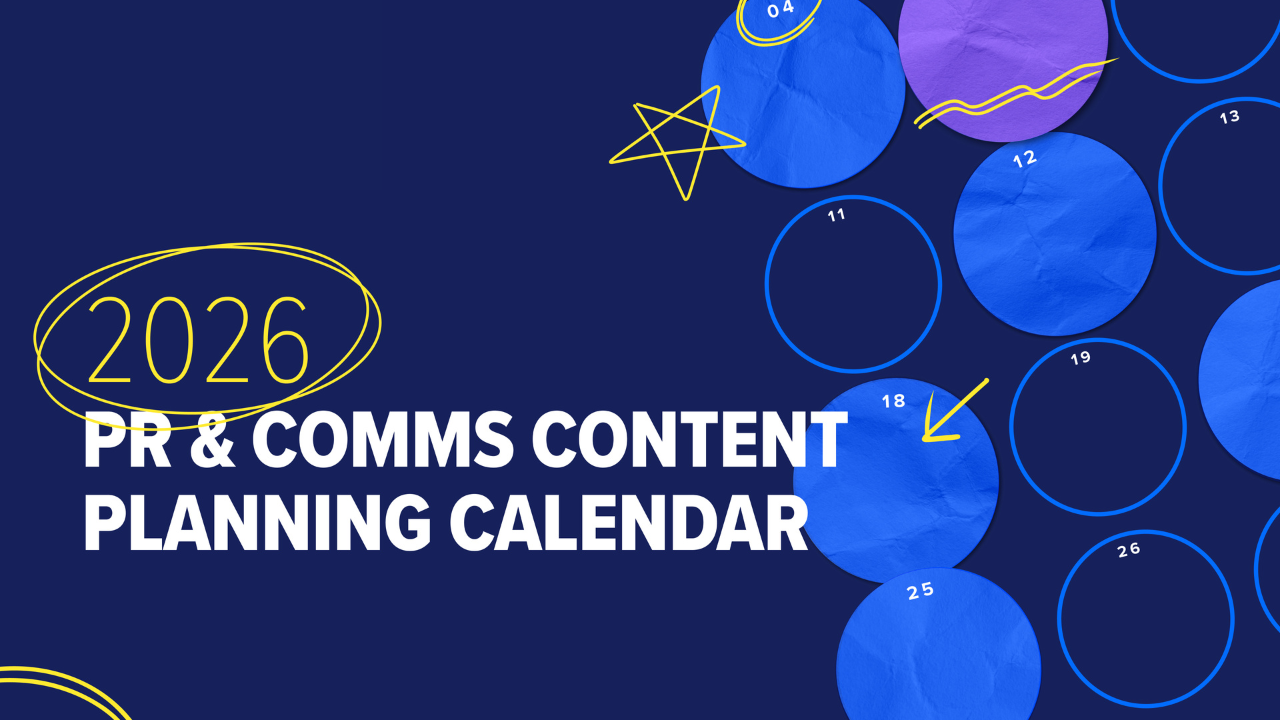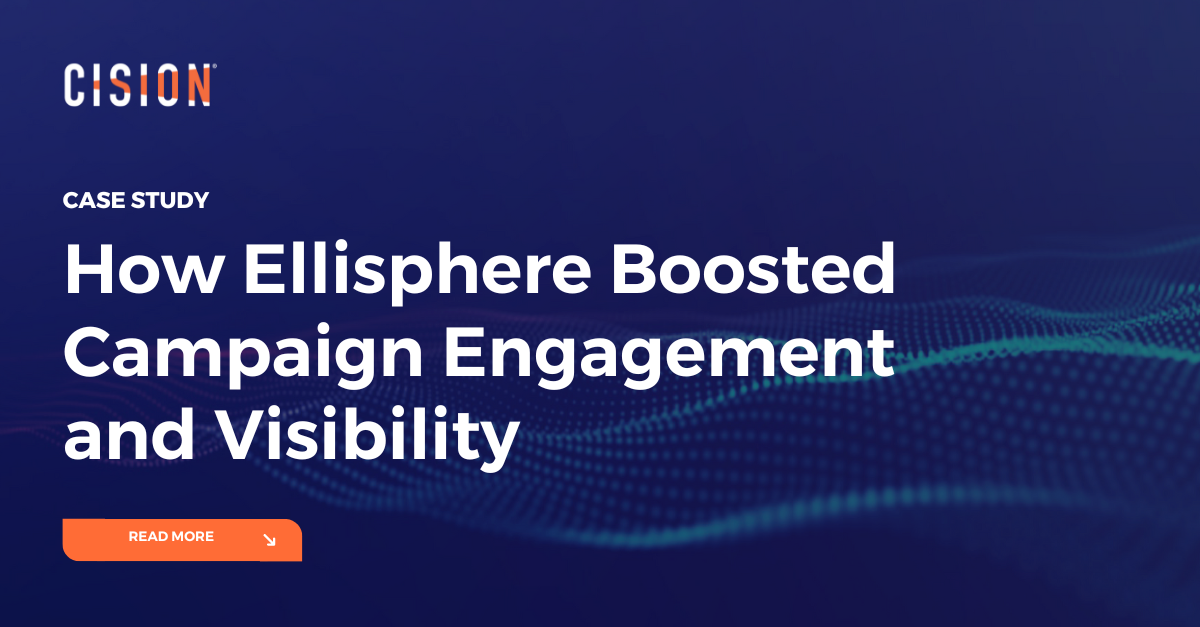It’s been nearly five years since a global pandemic, Black Lives Matter, a high stakes presidential election, and other historical events shined a spotlight on matters of DEI and ESG. Those events also marked a shift in what consumers want and expect from the brands they buy from: Suddenly, corporations were expected to not just sell products, but use their platforms to inspire meaningful change.
In the years since, little has changed: According to EY’s US Future Consumer Index, 63% of consumers say a company’s behavior is as important as what it sells.
Further, a study from Certus Insights shows that the majority of consumers want to know how the brands they support are addressing social issues, while yet another study found that most consumers are loyal to brands that share their values. Employees, too, are seeking out employers whose values reflect their own.
Clearly, brand activism is here to stay.
As a result, however, many companies continually grapple with a crucial question: Should we take a stand on social and political issues? And if so, what does "taking a stand" look like in 2024?
For public relations and corporate communications teams, the answer to this question is far from cut and dry. While taking a stand on issues of societal importance and awareness has the potential to bolster a brand's reputation and strengthen stakeholder relationships, doing so can also backfire tremendously – resulting in backlash, boycotts, or accusations of insincerity, hypocrisy, or even exploitation. At the same time, brands that stay silent can also be perceived as uncaring, politically motivated, or out of touch.
With a critical election nearing and several societal factors at stake with it, deciding whether or not to take a stand on certain issues is likely top of mind for many brands right now, and every brand will likely have unique circumstances to consider.
So what IS the answer? The truth is, there’s no universal right or wrong answer. It all depends on what is true to your organization’s brand and its core values. To help you make sense of it all and decide if your brand should take a stand, we’ve put together this guide to everything to the pros, cons, and additional considerations.
Pros of Taking a Stand
Taking any stance should be done in an authentic and sincere way that emphasizes your brand’s values. When this is accomplished, brand activism can yield significant benefits. That means going beyond just “talking the talk” and having initiatives in place that reinforce those values and the messages the brand is putting out.
Not only do brands have the power to influence positive change through their words and actions, but taking a stance can strengthen loyalty among both consumers and employees who share similar values. Taking a stand can also generate positive media coverage, increasing brand visibility and equity. Moreover, being on the "right side of history" can strengthen your brand's reputation as social norms evolve.
When Brand Activism Goes Wrong: What to Know
Brand activism is certainly not without risks. Speaking out on divisive issues can alienate customers with differing views, potentially leading to boycotts or loss of market share. Brands may face accusations of "woke washing" – engaging in activism superficially for marketing purposes – if their actions are perceived as insincere. There's also the risk of backlash if a stance is poorly communicated or conflicts with past company actions.
Factors to Consider Before Taking a Stand: Brand Activism Best Practices
If your brand decides to take a stand, adhering to certain best practices can help navigate the process.
- Authenticity is key. Above all, any stance your brand takes should align closely with the company's established values and mission. Make sure you can back up your words with concrete actions and commitments – consumers are quick to call out brands that say one thing, but whose actions and initiatives indicate something else. (Consider, for example, when #BlackoutTuesday saw brands and individuals alike posting black boxes on social media; however, critics called the actions performative and opportunistic for those brands who participated but had done nothing else to advance the Black Lives Matter Movement.)
- Know your audience. Understanding the values of your core customer base can provide insight into if you should take a stand and how to position it. (For this, you might consider investing in a social listening or consumer research tool to glean deeper, real-time insights that you can act on quickly.)
- Do your research. Make sure you have a full understanding of the issue(s) about which you are speaking out. Just as important is ensuring you are closely monitoring any relevant news or developments on the issue - including conversations on social media - so you can decide if and how you need to address them.
- Be consistent. Messaging around brand activism should be consistent across all communication channels to prevent confusion, so make sure you’re aligned with all teams and stakeholders involved – from the C-suite to your human resources team to marketing.
- Commit. Taking a stand on an issue isn’t a one-and-done gesture – at least, it shouldn’t be. Invest time and resources into ongoing action and brand activism initiatives that reflect your stance year-round. You may find that these commitments become a part of your brand’s identity, furthering your unique value proposition and equity in the eyes of customers and employees.
- Anticipate criticism. Not everyone is going to love your stance, so be prepared for potential negative reactions, and be ready to stand by what you say, with a set plan already in place around how to address criticism or backlash.
- Have a plan in place. As mentioned above, you may face criticism for your stance, and even the most well-intentioned brand activism efforts or messages can be misconstrued or ill-received. Establishing a crisis communication plan from the start will help you navigate any issues that arise. It is also crucial to have executive buy-in on your brand activism plan and alignment on the messaging around it. (In the event of an executive commenting on an issue that goes against the company’s stance and values, you could find yourself with a PR crisis on your hands. Remember, for audiences, there’s no separation between a leader and the company they lead.)
When Silence Might Be the Better Option
In some cases, remaining silent on an issue might be the wisest course of action. Consider the following questions prior to taking a stand:
- Do our brand values align with the issue and stance we’re taking? If the answer is “no,” speaking out could appear not just opportunistic, but hypocritical and inauthentic.
- Does the issue have relevance to my brand? Can we speak to the topic in a meaningful way, with expertise? If not, speaking out on topics outside of your brand’s area of expertise could appear forced or self-serving.
- Do the potential risks of taking a stand outweigh the potential positive impact? If so, silence may be the way to go.
Even if you choose to remain silent, your audience may be expecting you to speak up - all the more reason to have a pre-established communication ready so you and your team can navigate any questions that might arise.
That plan should include making sure your spokespeople are prepared with a brief, yet thoughtful and appropriate response to potential questions when speaking with the media. Align your marketing, social media, and customer experience teams with a plan to address media inquiries or questions from other external audiences.
Partner with your internal communication team to ensure employees know your stance and how to address any questions they may get from anyone outside the company as well.
Whatever path you choose, transparency and alignment across the organizations should be a priority.
The Bottom Line
There are always risks involved in a brand making a public statement around societal, political, and social issues. Taking a stand as a brand absolutely must be done in a thoughtful and authentic way, or it stands to backfire. Speak from core values and be prepared to back them up with concrete actions beyond just the weeks to come. And if your brand doesn’t have strong core values? It’s time to sit down with the executive team and commit to a better future, internally and externally. Start by admitting you have more work to do.
More Resources to Consider
Do you have a proactive crisis communications plan in place? Get our three-step Crisis Communication Checklist to ensure you're prepared for any issue - before it becomes a crisis.
Find out how Cision can help you stay ahead of emerging issues and understand what's being said about your brand.
Take a tour of CisionOne Monitoring today or speak to one of our experts.
Most Recent Posts
Cision Resources
-
E-books and Guides
Comprehensive how-to guides on strategy and tactics
-
Case Studies
What are other brands doing – and how can we learn from them?
About Mary Lorenz
Mary Lorenz is Director of Content and Creative at Cision. She oversees the editorial strategy at Cision and writes about best practices and thought leadership for marketing, communications and public relations professionals. She has a background in marketing, public relations and journalism and over 15 years of experience in copywriting and content strategy across a variety of platforms, industries and audiences.
Learn More. Do More. demo new
PR Tips, Case Studies, and Product Updates

[On-Demand Webinar] The Next Generation of Media Intelligence: From Gorkana to CisionOne
Explore CisionOne, a revolutionary media intelligence platform, and the evolution of Gorkana. Learn key features and strategies from Luke Williams, CisionOne Product Marketing Manager. Elevate your media outreach to new heights!


